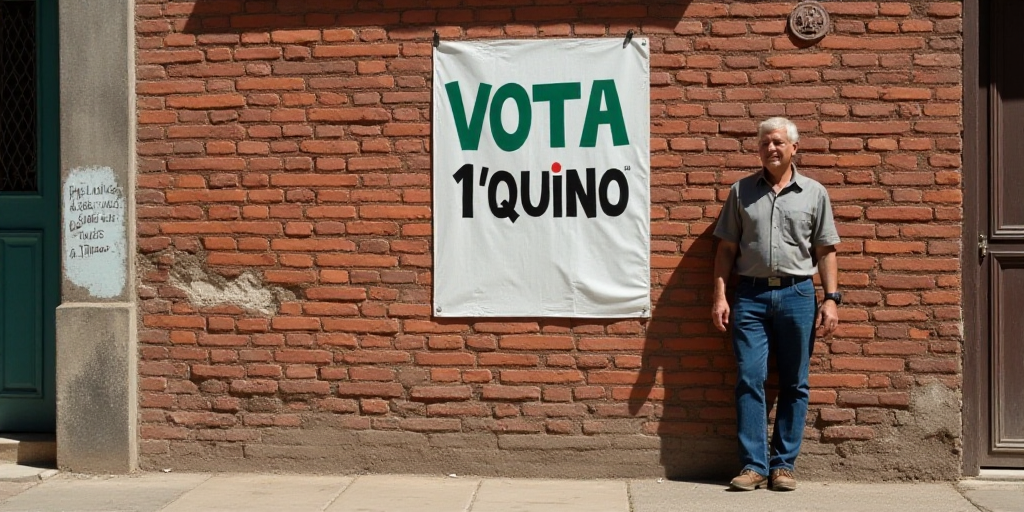Introduction
In Mexico, the first-ever judicial elections have brought unique challenges for candidates who are also employees of the federal judiciary. Among them, Nancy Selene Hidalgo Pérez and Laiza Margarita Ramírez Valerio share their experiences, highlighting the delicate balance between campaigning and maintaining their current positions.
Nancy Selene Hidalgo Pérez: A Candidate in the Shadows
Nancy Selene Hidalgo Pérez, a judge specializing in the Penal Accusatory System in the State of Mexico, finds herself in an unprecedented situation. Due to recent judicial reforms, she is now running for the same position she previously secured through exams. Her campaign has been discreet, given her responsibilities in a high-security court and the need for caution when dealing with sensitive cases.
- Works at the highest-security court in Mexico
- Campaigning has required significant adjustments to her daily life
- Campaign activities are limited due to workload and security concerns
- Campaigning takes place mainly on weekends in her district, which includes Naucalpan, Tlalnepantla, Ecatepec, Coacalco, and nearby municipalities
Hidalgo Pérez acknowledges the complexity of balancing her professional duties with campaigning. She emphasizes that most judicial candidates rely on their expertise rather than financial resources for their campaigns.
Laiza Margarita Ramírez Valerio: A Titantic Effort
Laiza Margarita Ramírez Valerio, a candidate for a labor court position in Mexico City, describes her campaigning experience as “titanic.” As a secretary for a collegiate tribunal, she has had to navigate the challenges of working full-time while campaigning during non-working hours.
- Limited campaign activities due to work schedules
- Campaigning has been complicated by the lack of interest in the election from the general public
- Criticism from colleagues who view participation as a betrayal
- Encouragement from former magistrates who supported her decision to run
Ramírez Valerio’s campaign is self-funded, with limited time for canvassing due to her full-time job. She highlights the difficulty of explaining her role and the judicial position she seeks to those who are indifferent or opposed to the election.
Key Questions and Answers
- What are the main challenges faced by these candidates? Both Hidalgo Pérez and Ramírez Valerio face the challenge of balancing their current judicial duties with campaigning for elected positions. They must navigate security concerns, limited time for canvassing, and criticism from colleagues who view participation in the election as a betrayal.
- Why is this judicial election significant? This is the first-ever judicial election in Mexico, which aims to allow citizens to directly elect judges, magistrates, and ministers. The process has introduced new challenges for candidates who are also current employees of the federal judiciary.
- How are these candidates financing their campaigns? Both Hidalgo Pérez and Ramírez Valerio are financing their campaigns with their salaries and personal savings, as they cannot dedicate extensive time to fundraising due to their professional commitments.
- What are the main criticisms these candidates face from their colleagues? Critics within the judicial system view participation in the election as a betrayal, believing it undermines previous appointed judges. However, former magistrates have encouraged candidates to run, emphasizing their honesty and qualifications.






